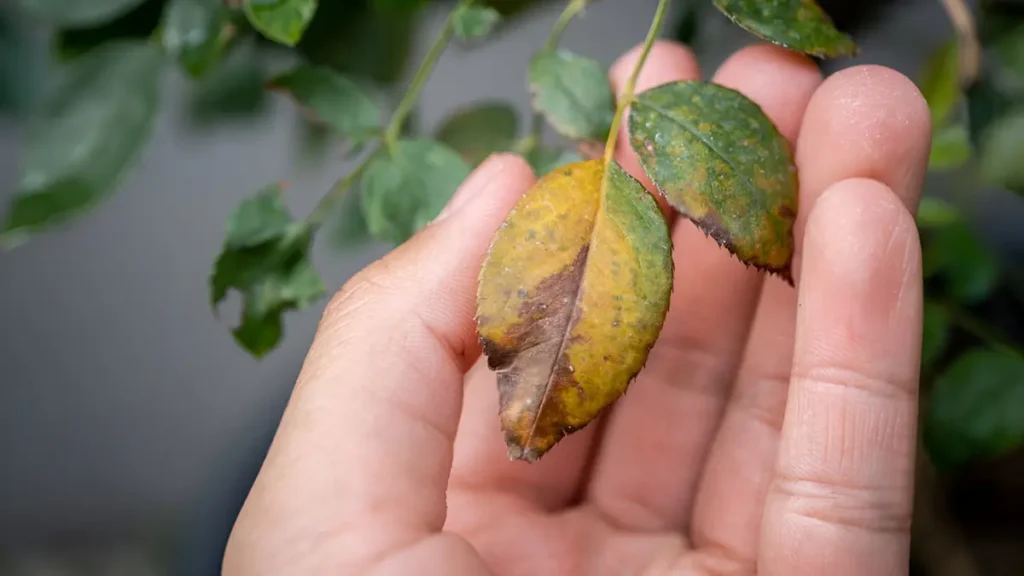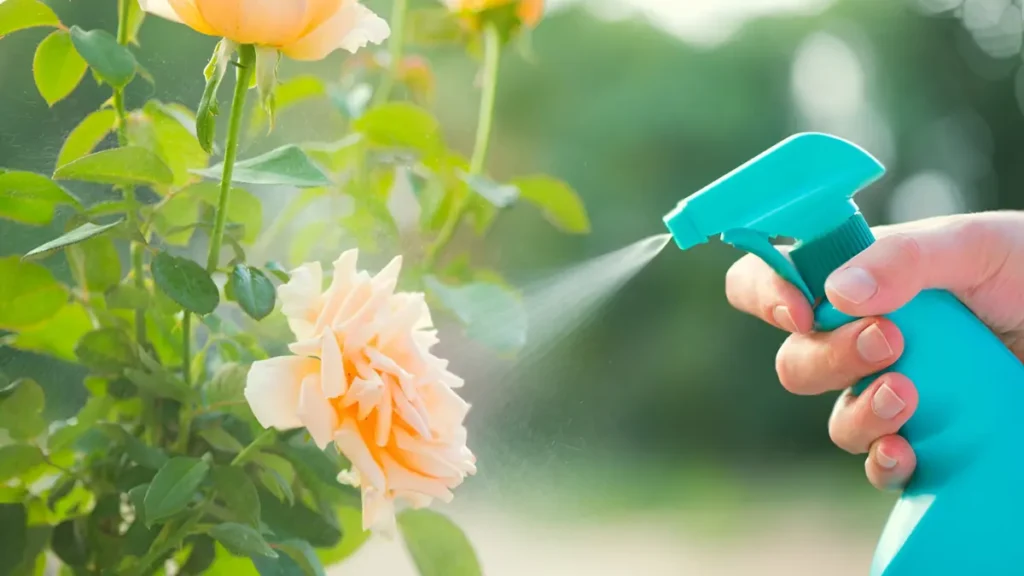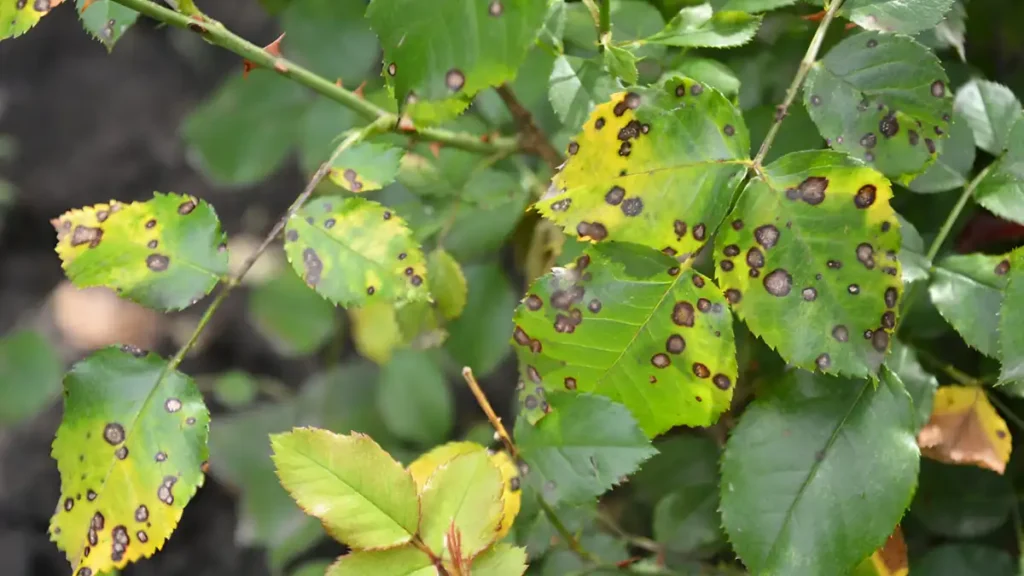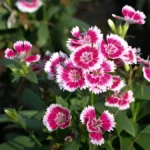Roses are prized for their exquisite blossoms and aromatic presence in gardens; nevertheless, occasionally, they may develop yellow leaves, which indicates a condition that requires care. Maintaining the health and beauty of these beloved plants depends on learning why yellow leaves grow on roses and how to solve the problem. This tutorial will examine the main causes of yellow leaves on roses and offer doable solutions.
What causes yellow leaves on roses?
Numerous things, including illnesses and pest infestations as well as environmental stressors, can result in yellow leaves on roses. Unfavorable weather, inadequate watering, and nutrient deficits are common causes. To address the issues caused by each of these variables, which have varying effects on the plant, particular actions must be taken.

How to fix yellow leaves on roses:
1. Modify Your watering methods
- Ascertain that the soil is damp but not soggy. Instead of using shallow water regularly, use deep water sparingly.
- If too much water is retained by the soil, improve drainage. If needed, make an amendment using sand or organic debris.
2. Apply fertilizer properly
- Apply a well-balanced fertilizer to supply vital nutrients. A nitrogen shortage can be remedied with a high-nitrogen fertilizer.
- If symptoms match, treat iron deficiency with iron chelates.
3. Manage pests and diseases
- Check roses often for pest activity. For infestations, use neem oil or insecticidal soap. To stop the spread of fungal infections, remove the afflicted leaves and apply fungicides.

4. Adjust the pH of the soil
- pH the soil and make the necessary adjustments. To increase pH, use lime; to decrease pH, use sulfur. Maintain ideal pH levels in the soil by testing it frequently.
5. Make sure there is enough sunlight
- Roses should be planted in an area where they will get at least six hours of direct sunlight each day.
- If required, prune the nearby plants to lessen their shadow.
6. Additional advice
- Pruning sick or dead wood regularly will encourage healthy development.
- Plants should be spaced adequately to allow for adequate air circulation, which lowers the danger of fungal diseases.
- Keep an eye out for changes in your plants, and take quick action to fix problems before they get worse.
Conclusion:
To sum up, yellow leaves on roses indicate that the plant is stressed, possibly due to poor irrigation, low nitrogen levels, pests, illnesses, environmental conditions, or problems with the soil. You may bring back the health and beauty of your rose bushes by determining the precise reason behind the yellow leaves on your roses and putting these remedies into practice.
Certainly! If you’d like to learn more, please consider following our WhatsApp Channel: Harvest Gardening
A frequently asked questions:
Q1: Why are my rose leaves turning yellow?
A1: Pests and diseases, inadequate drainage, overwatering, and nutritional shortages are the most prevalent causes of yellow leaves on roses. To properly cure it, the underlying problem must be found.
Q2: How do you treat yellow leaves on roses?
A2: To solve nutrient deficiencies, treat yellow leaves on roses by making sure the plants receive enough water, enhancing soil drainage, and using a balanced fertilizer. Furthermore, eliminate any impacted foliage to stop the illness from spreading.
Q3: Why do rose leaves turn yellow in the summer?
A3: Many factors, including as water stress, nutrient shortages (particularly nitrogen), pests, and illnesses, can cause rose leaves to become yellow in the summer. This problem can be avoided with proper pest management, fertilization, and watering practices.



